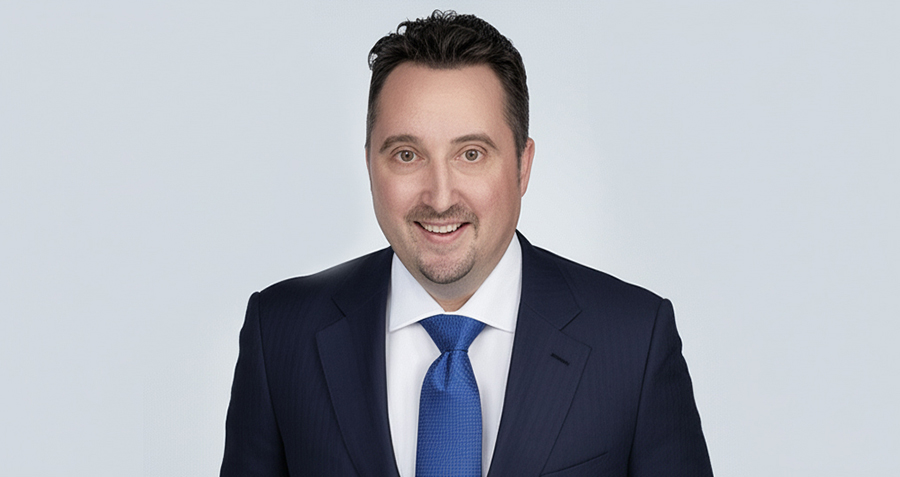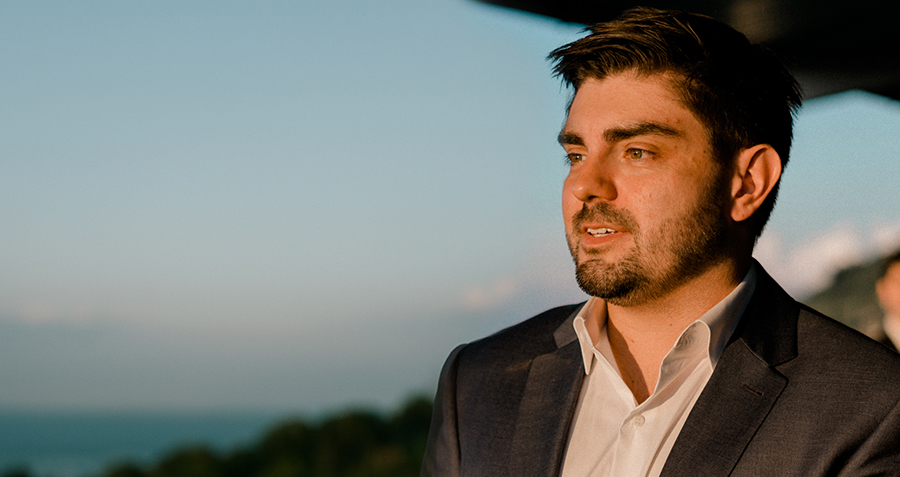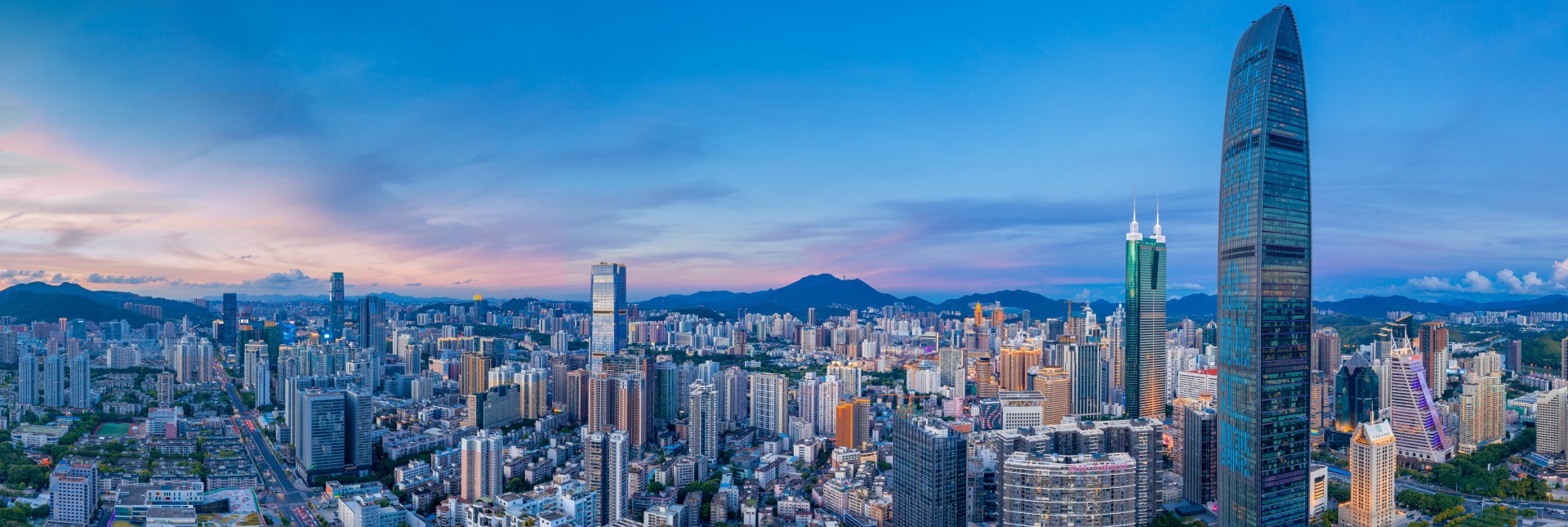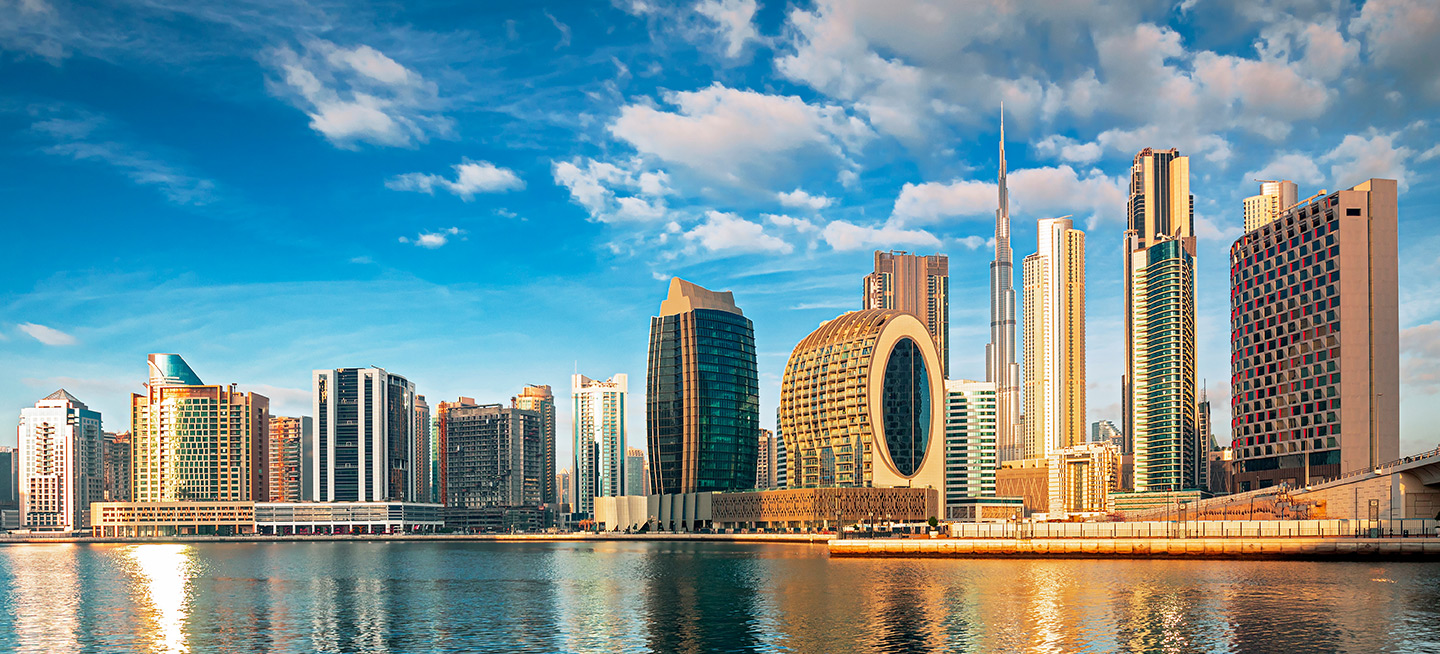Q. How would you describe the trends in the global luxury market over the past five to 10 years?
A. Over the last five to 10 years we have seen a concentration towards mega brands, they could be part of a group such as LVMH, which owns some major names including Luis Vuitton and Dior, or independent like Hermès or Chanel. These have been growing faster than the others. This is perhaps because the market is now so global, and to be able to manage the requirements of a very complicated landscape, including image, distribution and product development, you need to have a lot of available cash. You cannot simply open a small shop today if you want to compete with the big brands. Rents in the right places are extremely high, refitting shops can cost tens of millions of dollars and you have to make sure you have the right stock incase you get a social media strike. It takes a lot of CapEx to open just one shop and you need to re-invest for at least five years if you want to create a successful brand as the amount of money spent by the dominant brands is so significant. This is why, over the last 10 years, the bigger brands have taken up a greater share of the market.
Rich clients are generally better off than they were before, there are now more millionaires and billionaires, and much of this money is moving east to China, Korea, Thailand and even Vietnam now. These people are often discovering and learning about the world of the rich and wealthy. But it isn’t that easy to be accepted into that world, and while the next generation will have the benefits of education in good schools, creating relationships early in their lives, the current generation can only really access that world through luxury purchases—whether that be items or experiences. This has also led to a concentration of brands that people recognize and trust.
Q. How have brand strategies shifted to cater to the growing Eastern consumer base?
A. Luxury brands have been curating a very strong presence in Asia for a long time but the recent acceleration has been phenomenal, and in some cases they were perhaps even too fast to do so. If you visit second- or third-tier Chinese cities there is already quite a large luxury brand presence. But the best luxury brands play on the balance between desire and exclusivity. Desire is a strong force, but sometimes brands forget that to be desired, on top of creativity and high product quality, you need to utilize scarcity. If the brand is too visible or commonplace, desire will drop as people tend to want what they can’t easily have. So if the brand is too affordable, too easily accessible, either because they have too many shops in smaller cities, are too readily available online or the second hand market is too prolific, you lose the uniqueness of the brand, and with it the desire. The second-hand or gray market is a particular issue that brands have been trying to manage, because they can’t control price or storytelling like they would be able to do in their main stores.
The other thing that is quite a global concern for brands is becoming too commonplace, or too visible, both in public and at home. Many very imporant clients (VICs) will have multiple properties and if they return to one of their houses in St. Tropez or Aspen and see too many of the same dresses in their cupboard that were there before, they may start to explore alternatives. This means that brands must not only look at maintaining scarcity in the market, but also look to help empty cupboards to keep their brand fresh in the minds of consumers. How they deal with the process of that will differ depending on the brand.
Q. How can brands expand in the face of the contradictory pressures between scarcity and business growth?
A. Keeping product numbers low is important for several reasons. Not only is scarcity a key selling point, until recently, almost all luxury brands had agreed to work towards carbon neutrality by 2040 or 2050, so their volume growth is limited. With this in mind, brands can grow in two ways, and the first has been the quite dramatic price increases to cover the cost of production and distribution but also to make up for the pressure on volume.
The second has been lateral expansion. Many major luxury brands are known for a particular thing, whether that be a women’s line, a men’s line, bags or jewelry etc., but there has been growth away from these classical examples into options such as children’s wear, tableware and houseware. On top of that, brands have started to move into more activity-related offerings, including restaurant, hotel and retreat experiences. This is also made possible because the brands have a specific consumer base to whom they propose those new services/experiences. Their clients are willing to trust the brand in exchange for recognition.
Q. How do brand strategies differ by region?
A. In terms of where the brands originate, there are a lot of major French brands, obviously, but there are also brands from Italy, the US and elsewhere, and quality and origin wise there can be a big difference. That is a key underlying factor that the brands can build upon.
As for how the brands approach different markets, most of them release a new collection twice a year, but in fact fill the shops with new products every two months or so, which helps customers keep updating their cupboards, but also means that brands can correct any mistakes quite quickly, which is not the case for big series items like watches or perfume. There is always a core collection that is present in all the shops around the world and gives a level of consistency to the brand, complemented by a large offering that can be chosen from, adapting to the needs of each market.
There are two ways that brands approach deciding on what is included in the new collections. Often, Italian brands have concentrated buying teams that will distribute to other countries, while French brands bring the buyers from the recipient countries to a central showroom and those buyers can make purchases depending on needs—which they better understand.
Q. To what degree is the global luxury market dominated by international legacy brands?
A. I always think of the example of Kodak or Polaroid in relation to this question. They were both sitting on a pile of cash with a huge share of the market, but did not see the transformation to digital coming and largely lost everything in a very short period of time. I don’t wish this to happen to the luxury brands, of course, but anything is possible if they rest on their laurels. It is when business is good that reinvention needs to happen happen…because that is when you are financially free to do so! Not when you are doing damage control. So the large brands need to continue to question themselves and therefore innovate now in order to stay at the front. The question is whether they will do it or not.
Given that luxury goods prices have gone up massively recently, there is arguably a space for some good brands to profit from the situation we are in now. There is quite a big market in say the four to six thousand dollar range where there is a lack of attractive products from the major brands and newer businesses can jump in.
The opportunity will not last long, because these major brands are aware of it and will fill that gap, but it is an opportunity for brands with a good image that are perhaps more discrete to take advantage of. If they come with innovation, strong consumer generated media, strong influencers and they time it right, being ready to produce in a more significant volume than they do today, they can succeed. It doesn’t mean that the big luxury brands will disappear, but it might mean that they have a more difficult time, which is good for them as well. You don’t grow when your life is too easy, and it has been quite easy for them in recent years.
Q. How do you see the market and brand strategies developing over the next five to 10 years?
A. At the time we are having this discussion, there is no real clarity on what brands want to do. But my feeling is that brands absolutely need to reclaim relevance with younger clients by launching attractive products like a hit bag at the price point I mentioned earlier, whilst transitioning from selling products to offering unique experiences to their VICs. This is true whatever the product you sell, but for the VICs even more, brands must create experiences that slow time down…You can buy almost anything in life if you have the wealth to do so, but you cannot slow down time, and brands can help simulate that through creating unique experiences that stay in people’s memories. It could be inviting friends around the world for a unique trip in the Galapagos for a week, it can be a more spiritual offering, or education…there is no limit as long as you manage to captivate their attention away from their connected world!
These very important customers, which often make up around 10% of clientele but do around 40% of the business, are the core of their profitability, they will need to impose new ways to consume luxury where ownership becomes secondary to usage and pleasure. There are plenty of opportunities that would need another discussion!
Olivier Nicolay is the former President of UK, Canada and LATAM for Chanel. He is currently a guest lecturer in luxury management at the ESCP Business School and a Non Executive Director at Harrods.




















